The Viking Age left an indelible mark on European history, and many of the locations where these fierce warriors fought their most significant battles remain accessible today. From the rolling hills of England to the fjords of Norway and the plains of Eastern Europe, these ancient battlegrounds tell tales of conquest, resistance, and the clash of civilizations.
While some sites have been transformed by modern development, others remain remarkably preserved, offering visitors a chance to walk in the footsteps of warriors who shaped medieval history. Whether you’re a history enthusiast, archaeology buff, or simply curious about Viking culture, these 20 locations provide tangible connections to this fascinating period of history.
Battle of Stamford Bridge Site, England
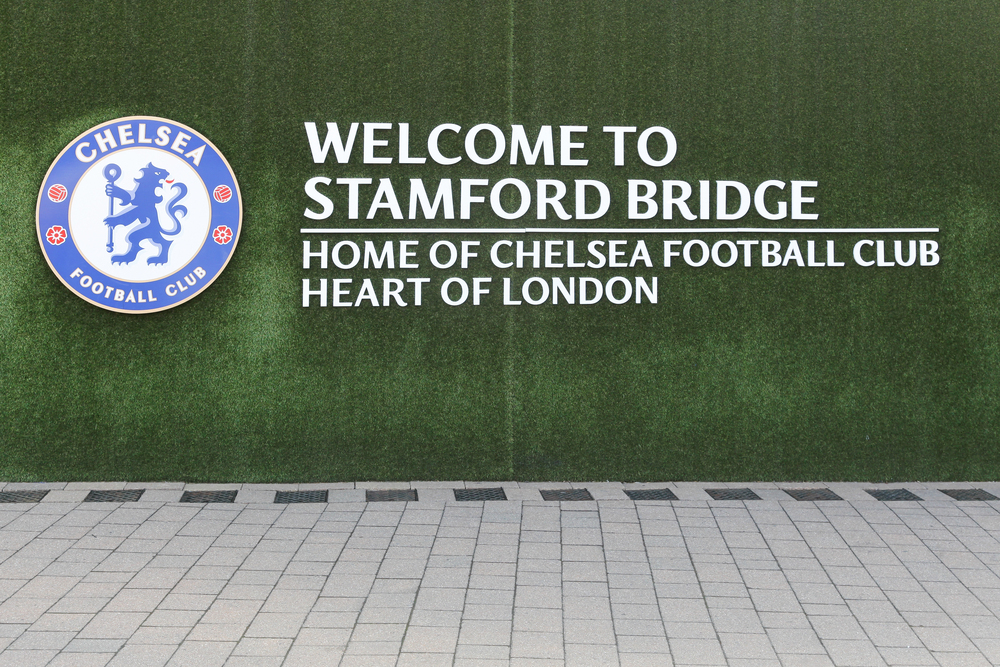
The location of Harald Hardrada’s final stand in 1066 lies just outside modern-day York, where the Norwegian king met his fate against Harold Godwinson’s Saxon forces. Walking the peaceful riverside path today, you can still see the narrow bridge crossing where the initial fighting began.
Local historians host guided walks explaining how the Vikings’ lack of armor, having left it aboard their ships due to the heat, proved fatal. The nearby Battle of Stamford Bridge pub displays artifacts and illustrations depicting the conflict.
Clontarf Battlefield, Ireland
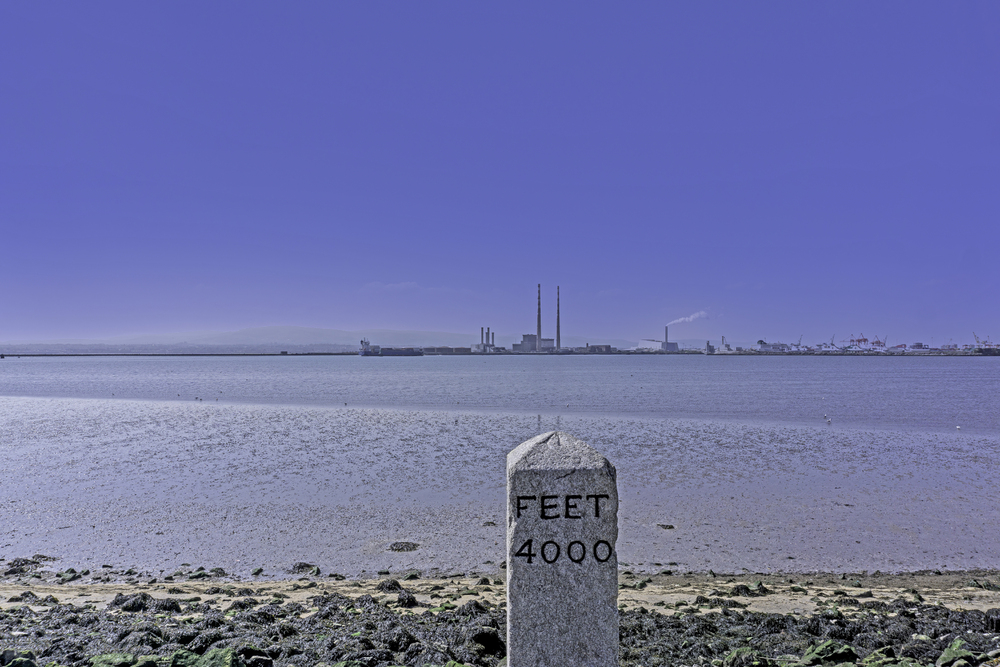
This Dublin suburb witnessed one of the most decisive battles in Irish history in 1014, where High King Brian Boru defeated Viking forces but lost his own life. Today, you can walk through St. Anne’s Park, which preserves part of the original battleground.
The annual Battle of Clontarf Festival in April recreates aspects of Viking combat and camp life. Local monuments and plaques help visitors understand how the battle unfolded along the coastline.
Like Travel Pug’s content? Follow us on MSN.
Lindisfarne, England
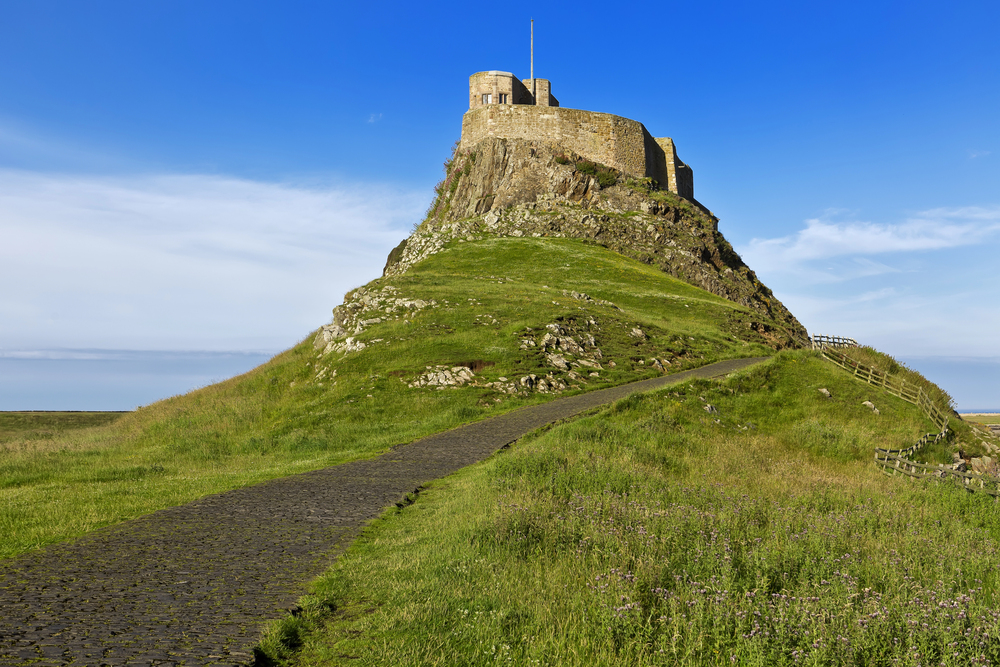
The site of the first major Viking raid in 793 AD remains a tidal island accessible via a causeway. The ruins of the priory still stand as a testament to the shocking attack that announced the Viking Age to the British Isles.
Time your visit with low tide to walk the Pilgrim’s Path, following the same route across the sands that the Vikings used. The small museum houses artifacts from both before and after the raid.
Hafrsfjord, Norway
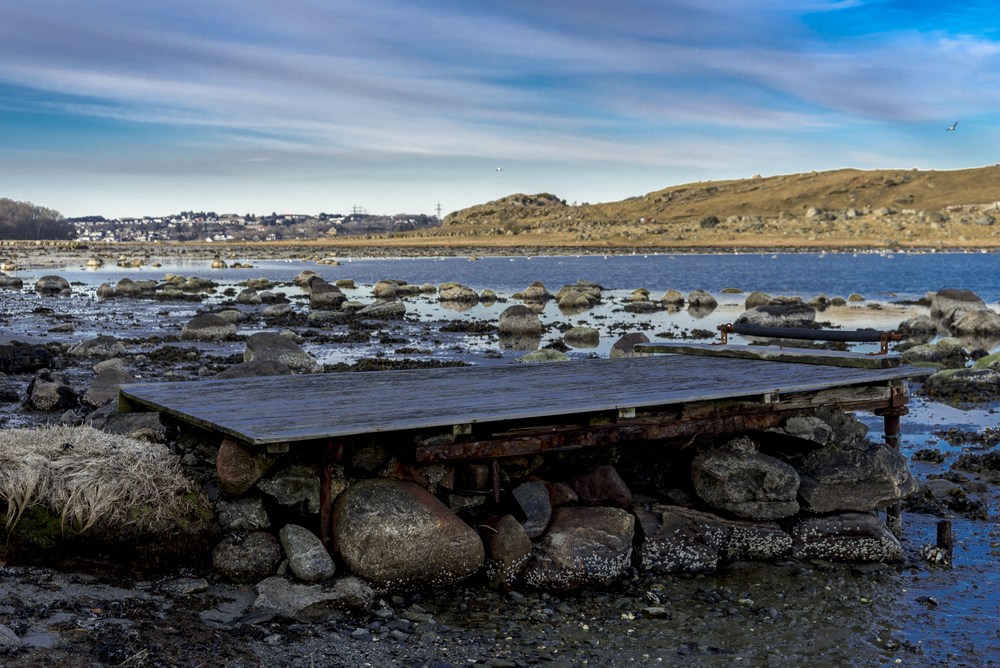
The site of King Harald Fairhair’s unification battle in 872 AD remains a stunning fjord near Stavanger. The famous ‘Swords in Rock’ monument marks the location where Harald’s forces defeated the last independent Norwegian chieftains.
Walking trails along the fjord offer views similar to what the combatants would have seen. Local tour guides can explain how the narrow fjord trapped the losing forces.
Brunanburh Site, England
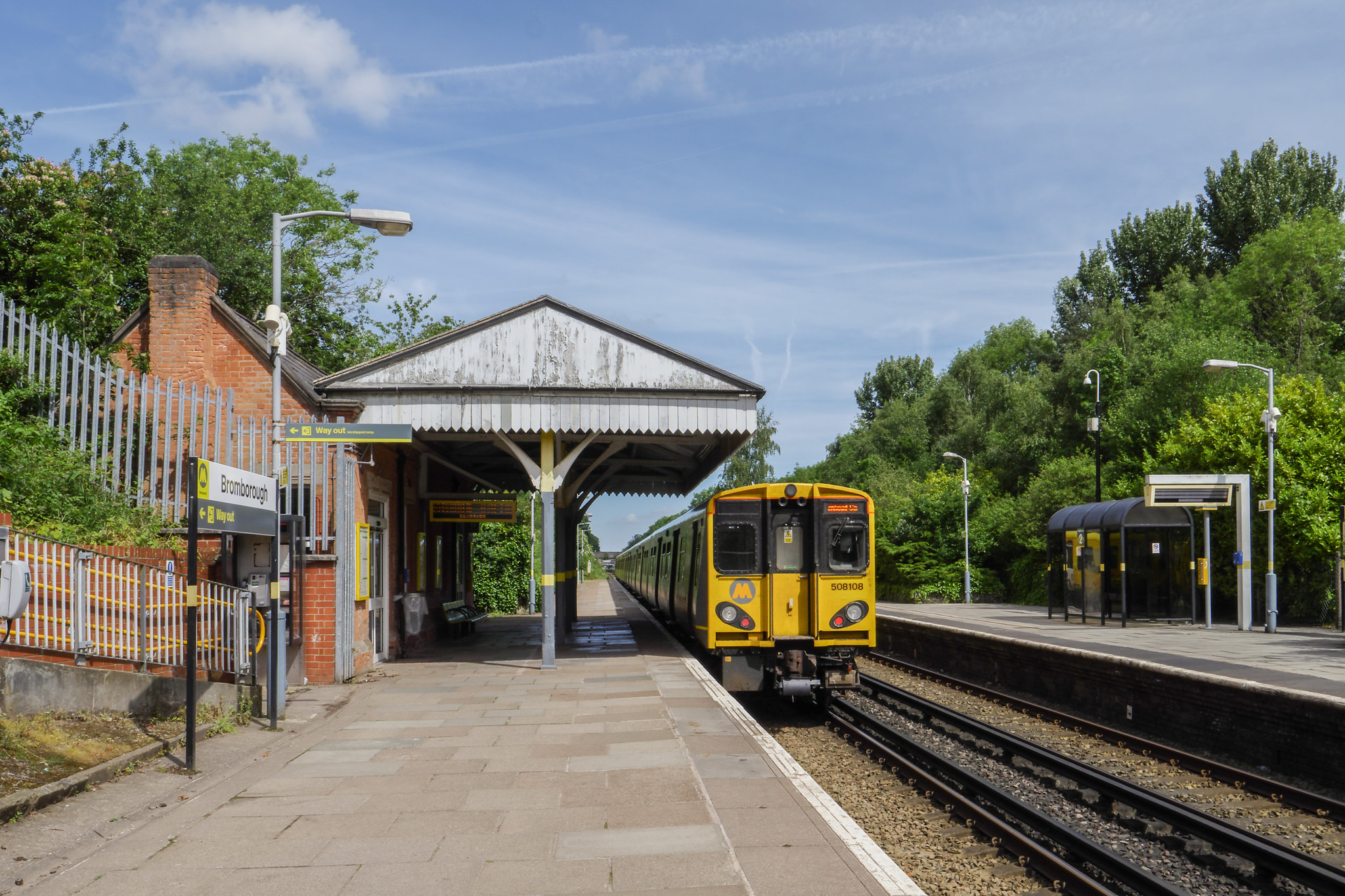
Recently identified near Bromborough on the Wirral Peninsula, this 937 AD battleground saw King Æthelstan defeat a combined force of Vikings and Scots. Archaeological walks reveal evidence of the massive conflict, including recent metal detector finds.
The local heritage trail includes informative panels explaining the battle’s significance in forming England as a United Kingdom. Guided tours highlight how the landscape influenced battle tactics.
Like Travel Pug’s content? Follow us on MSN.
Jelling, Denmark
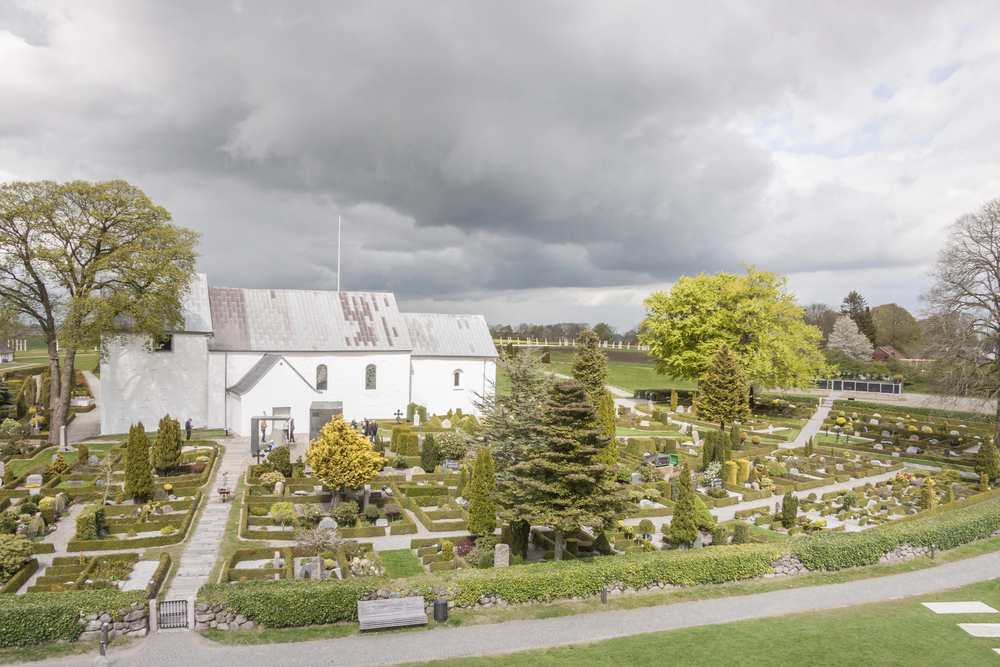
The royal site of Harald Bluetooth features massive rune stones documenting Denmark’s conversion to Christianity and Viking military victories. The burial mounds and church remain intact, allowing visitors to walk the same grounds where Danish kings proclaimed their power.
Modern multimedia displays help visualize how the site appeared during the Viking Age. The local museum houses significant finds from the area.
Battle of Maldon Site, England
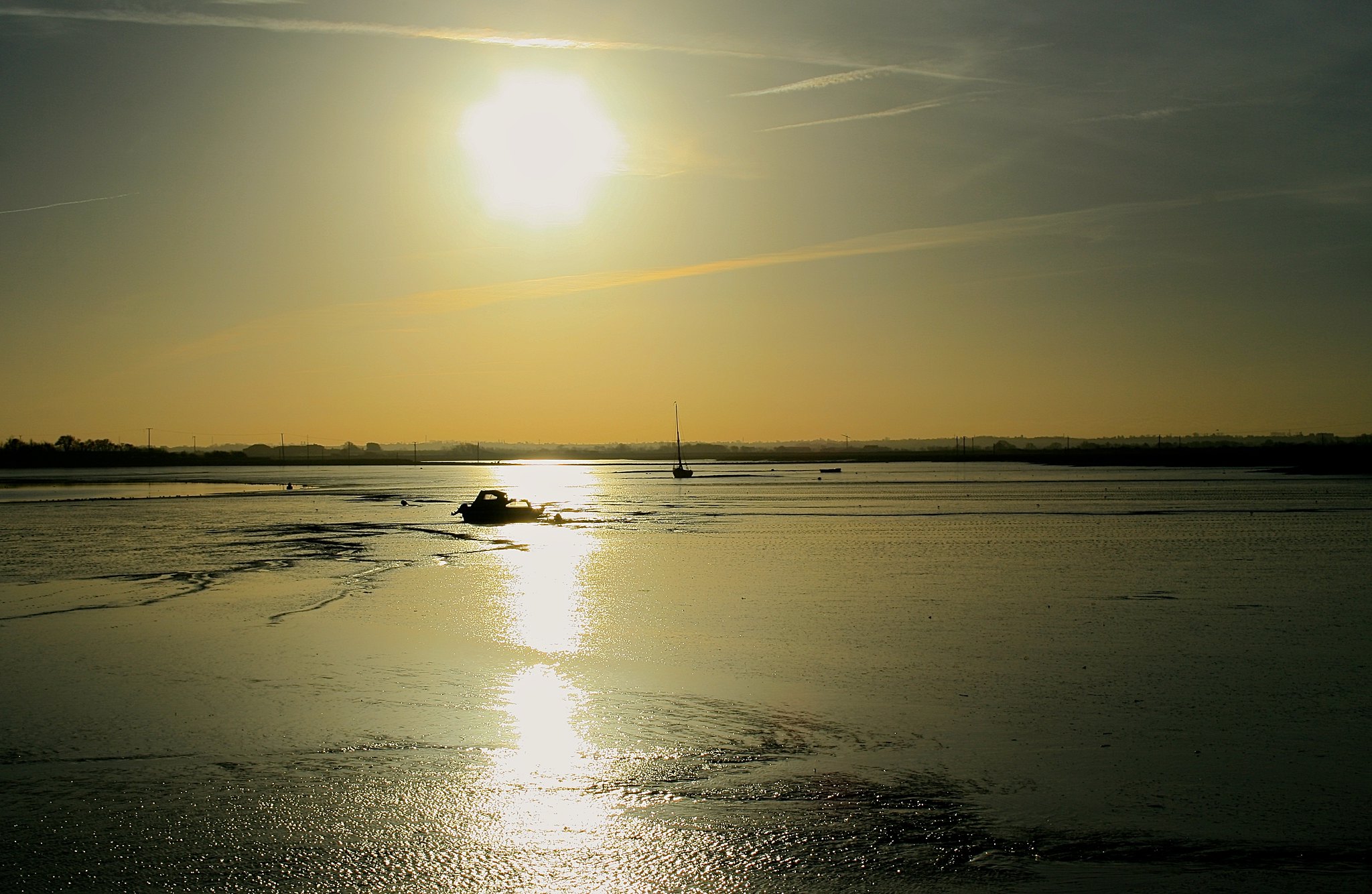
This 991 AD battleground along the River Blackwater in Essex saw a famous last stand of Saxon forces against Viking raiders. The causeway where initial negotiations took place remains visible at low tide.
Walking trails along the riverbank provide views of the tactical positions both armies held. Local historians offer guided tours explaining how the battle inspired one of the finest Old English poems.
Largs Battlefield, Scotland
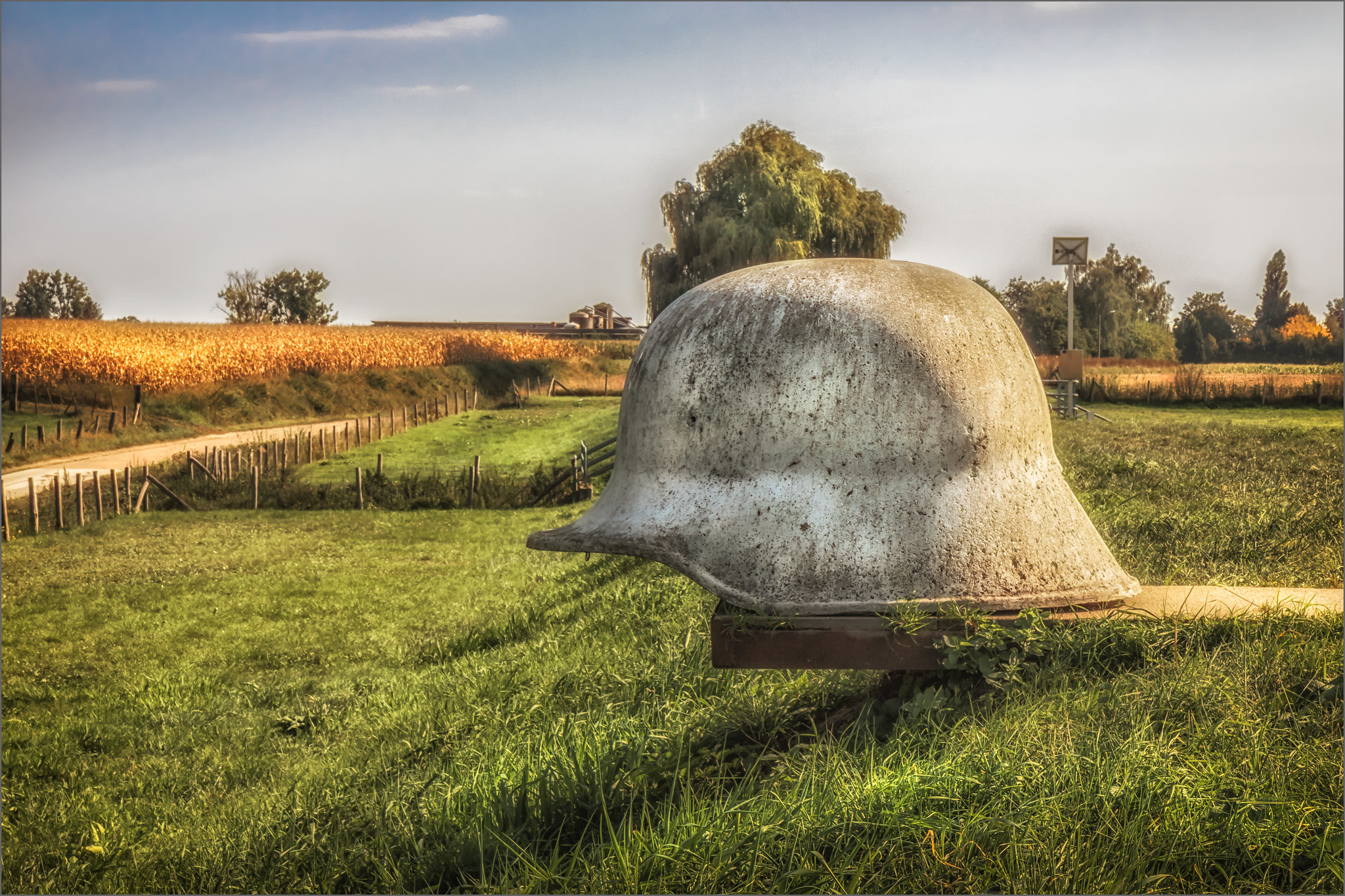
The 1263 battle that ended Norse attempts to control western Scotland occurred along this scenic coastline. A Victorian monument known as ‘The Pencil’ marks the traditional battle site, where you can walk the beach where Viking ships landed.
The Vikingar! center provides interactive displays about the battle and Viking presence in Scotland. Annual Viking festivals commemorate the battle each September.
Like Travel Pug’s content? Follow us on MSN.
Fulford Battlefield, England
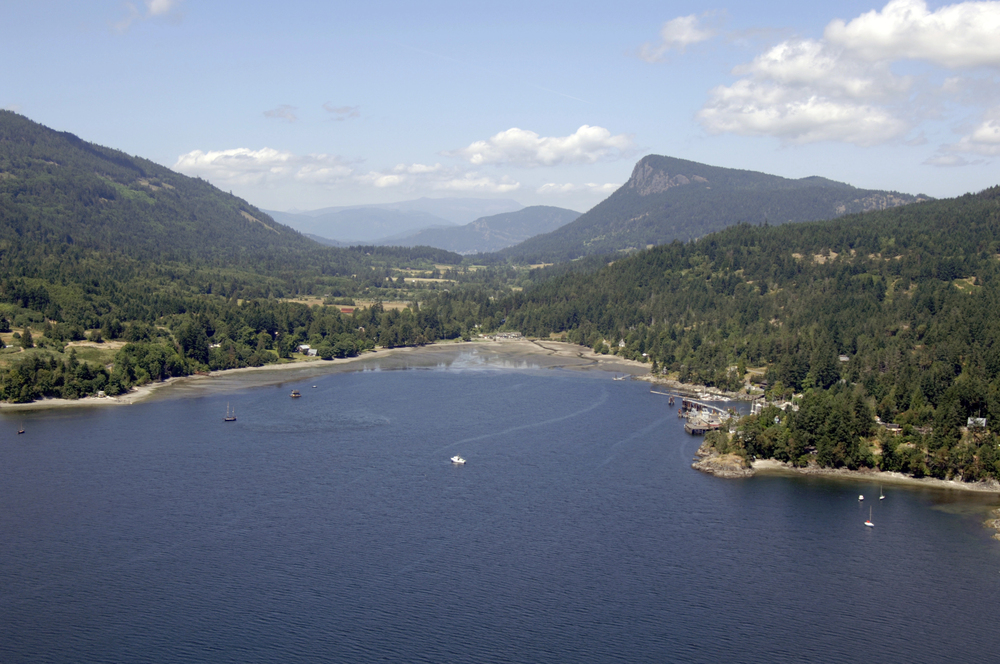
Just outside York, this site witnessed a Viking victory two days before Stamford Bridge in 1066. Recent archaeological work has confirmed the battlefield’s location, allowing visitors to walk the actual ground where Norse forces triumphed.
Local preservation groups offer guided walks explaining how the marshy terrain affected battle tactics. The nearby pub displays maps and artifacts from archaeological investigations.
Svolder Battle Site, Denmark
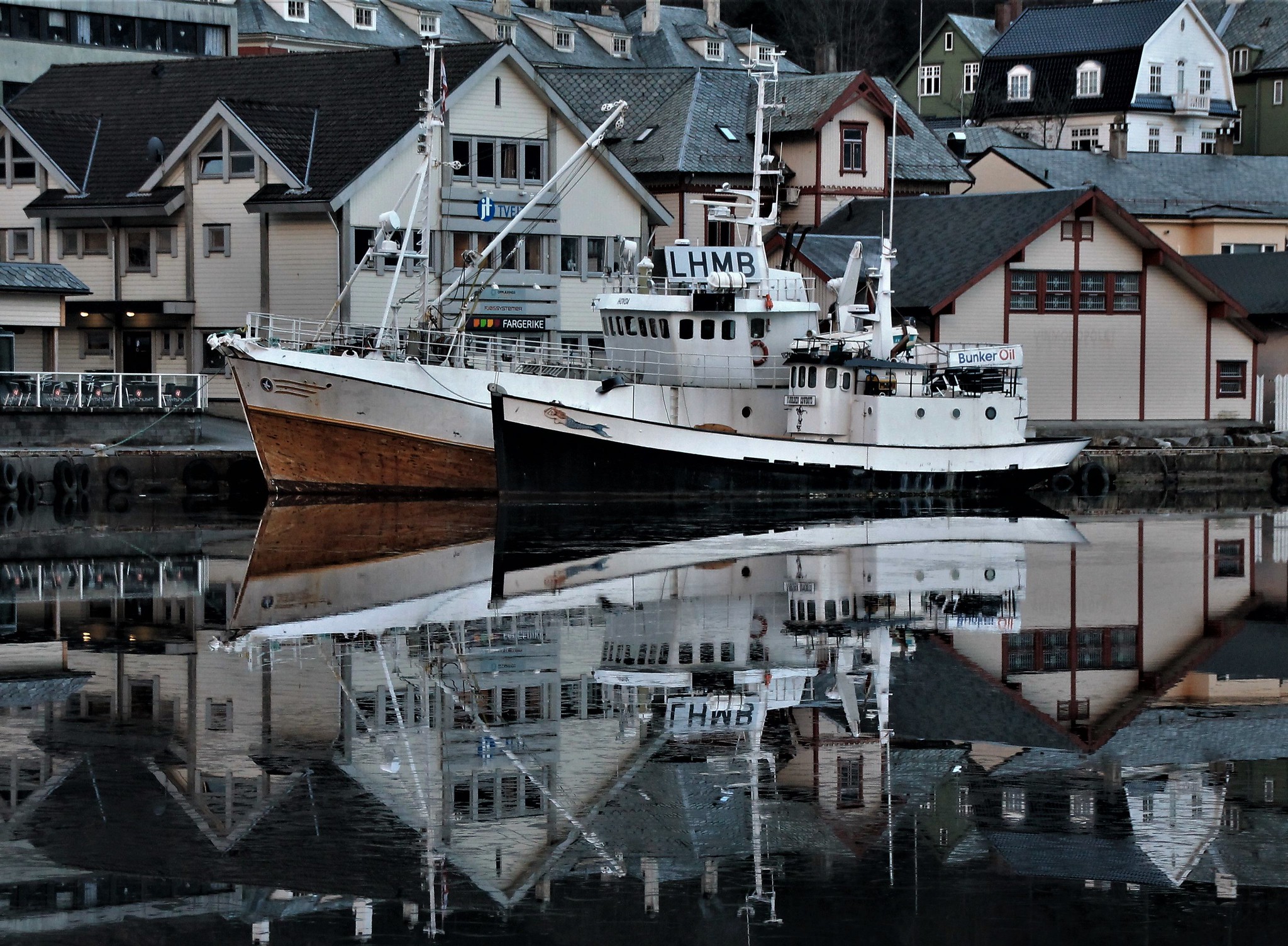
While the exact location remains debated, the waters between Denmark and Sweden witnessed one of the largest naval battles of the Viking Age in 1000 AD. Boat tours from Rügen Island will visit the possible battle locations, explaining the naval warfare tactics of the period.
Nearby museums display ship reconstructions and weapons typical of the battle. Local fishermen still occasionally bring up artifacts in their nets.
Assandun Battlefield, England
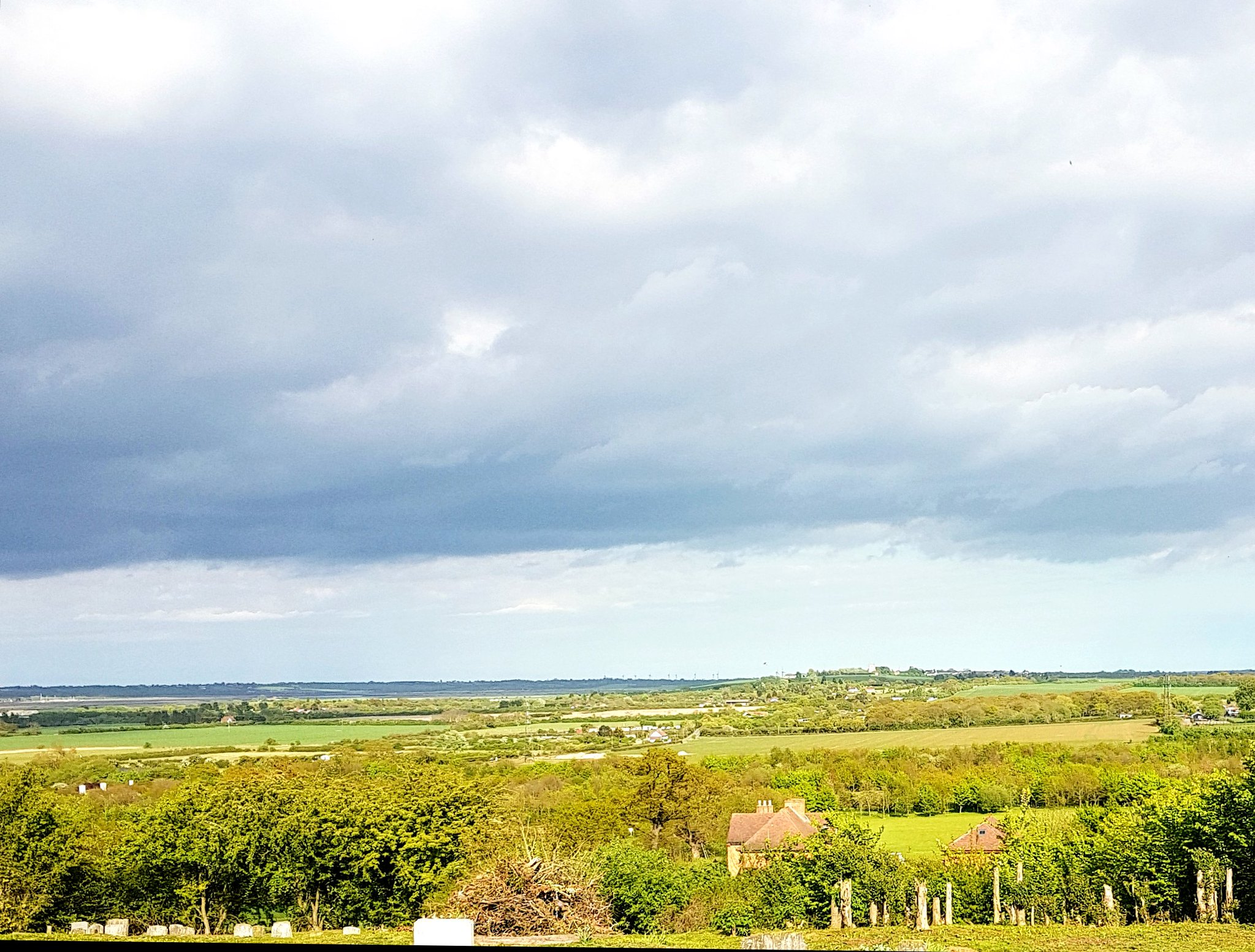
The 1016 battle that helped Cnut secure the English throne occurred near modern-day Ashingdon. The church built to commemorate the battle still stands, offering views over the likely battlefield area.
Walking trails through the valley help visitors understand how Viking forces used the high ground to their advantage. Local guides can explain how archaeological evidence has helped confirm the battle’s location.
Like Travel Pug’s content? Follow us on MSN.
Stiklestad, Norway
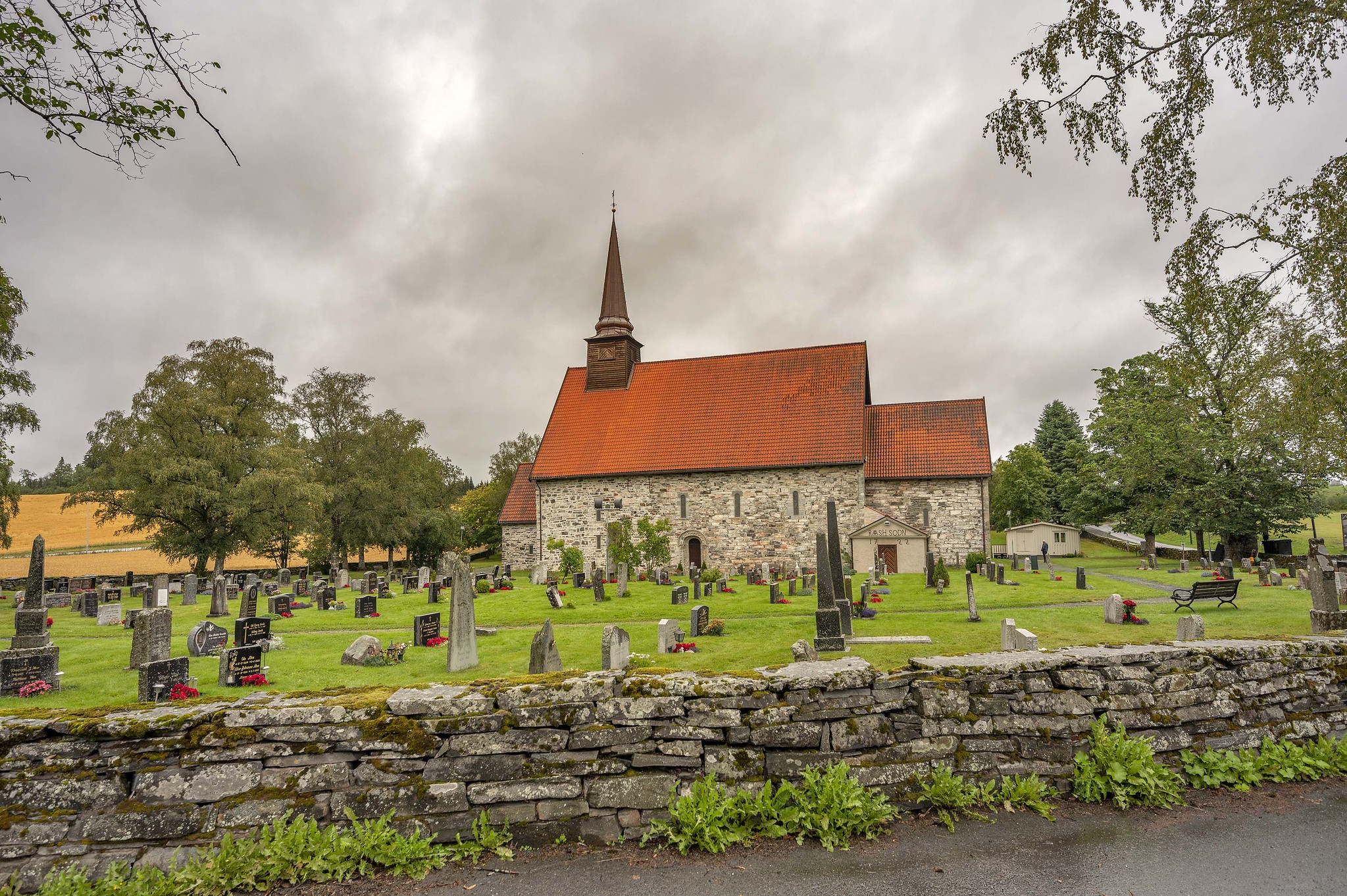
The 1030 battle that claimed the life of King Olaf II (later Saint Olaf) remains Norway’s most famous battlefield. The cultural center provides extensive information about the battle and its significance in Norwegian history.
Walking tours cover the battlefield and medieval church, explaining how Christianity became central to Norwegian identity. Annual passion plays recreate the battle each July.
Edington Battlefield, England

This 878 AD site witnessed Alfred the Great’s crucial victory over Viking forces. Walking trails through the valley below Bratton Camp hillfort offer views of the likely battlefield.
Local history groups provide guided tours explaining how Alfred’s forces used the terrain to their advantage. The nearby church contains medieval carvings relating to the battle.
Nissa River Battle Site, Sweden
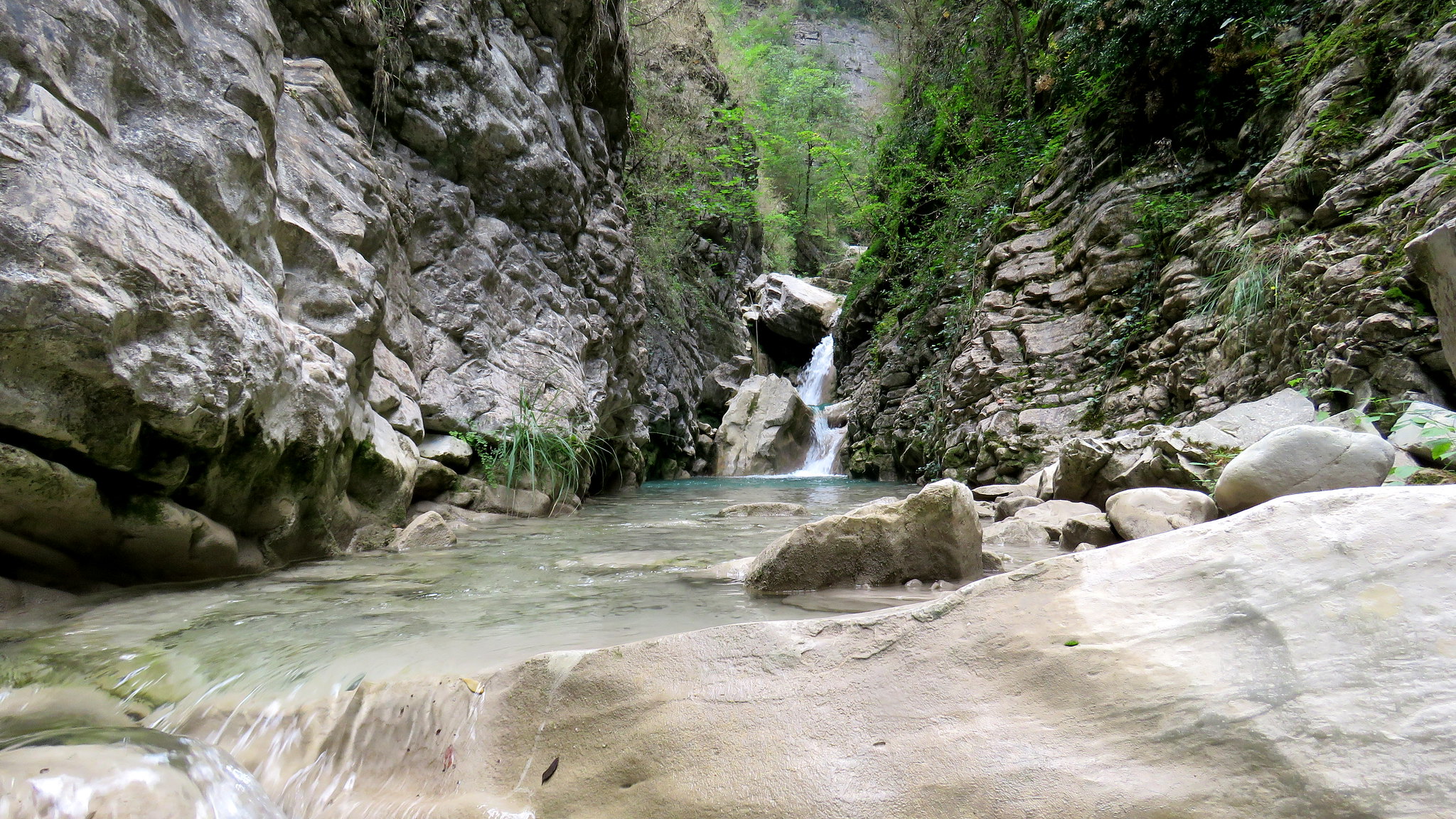
The 1062 battle between Norwegian and Danish forces occurred along this river valley near modern Halland. Walking paths follow the river where the armies clashed, with information boards explaining the battle’s significance.
Local museums display weapons and artifacts from the Viking Age. Guided tours help visitors understand how river crossings influenced medieval warfare.
Like Travel Pug’s content? Follow us on MSN.
Tettenhall Battlefield, England
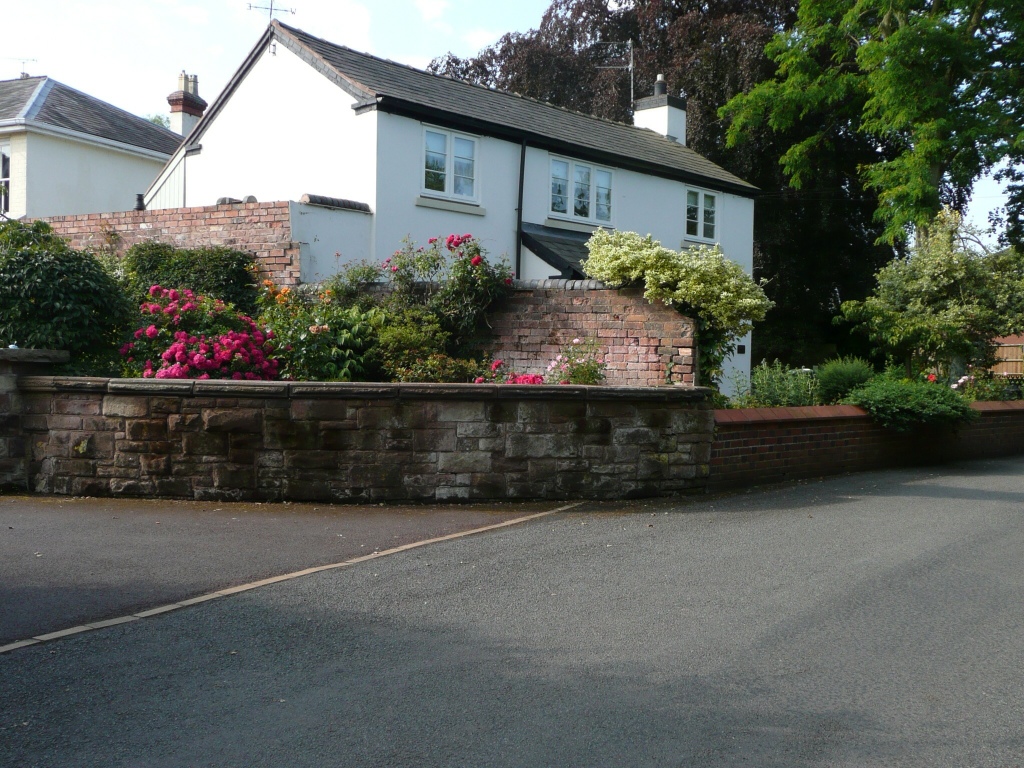
This 910 AD site near Wolverhampton saw a combined Mercian and West Saxon force defeat Viking raiders. Recent archaeological work has helped confirm the battlefield’s location, allowing visitors to walk the actual ground.
Local history groups offer guided tours explaining how the battle helped prevent Viking dominance in central England. The nearby church contains medieval artifacts related to the period.
Glendalough, Ireland
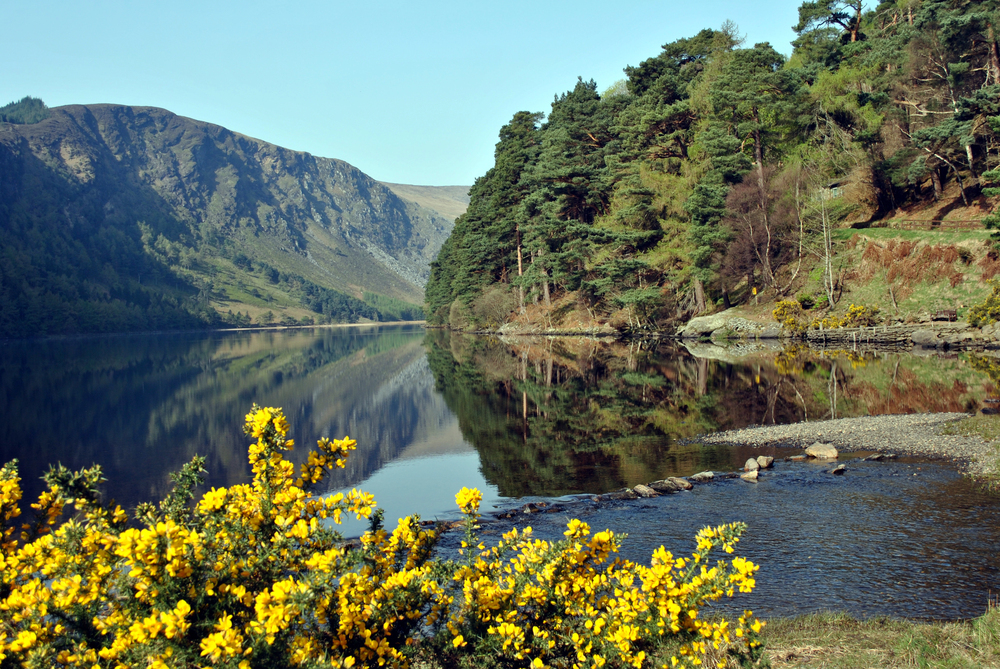
While famous as a monastic site, this valley witnessed repeated Viking raids and battles throughout the 9th and 10th centuries. Walking trails through the valley pass multiple sites of Viking-Irish conflicts.
The visitor center provides information about the monastery’s defensive features against raiders. Local guides can explain how the challenging terrain affected Viking attack strategies.
Vinland Battle Sites, Canada
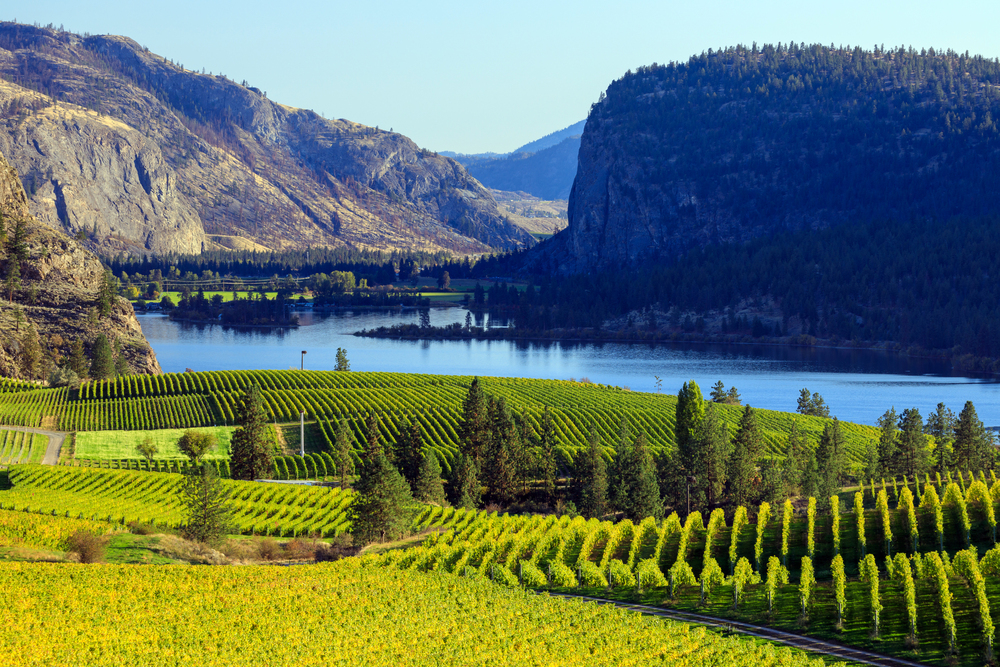
L’Anse aux Meadows in Newfoundland preserves the only confirmed Viking settlement in North America, including sites of conflicts with indigenous peoples. Walking trails pass reconstructed buildings and likely skirmish locations.
Parks Canada interpreters explain how archaeological evidence reveals details of these encounters. The visitor center displays weapons and artifacts from both cultures.
Like Travel Pug’s content? Follow us on MSN.
Heðeby (Haithabu), Germany
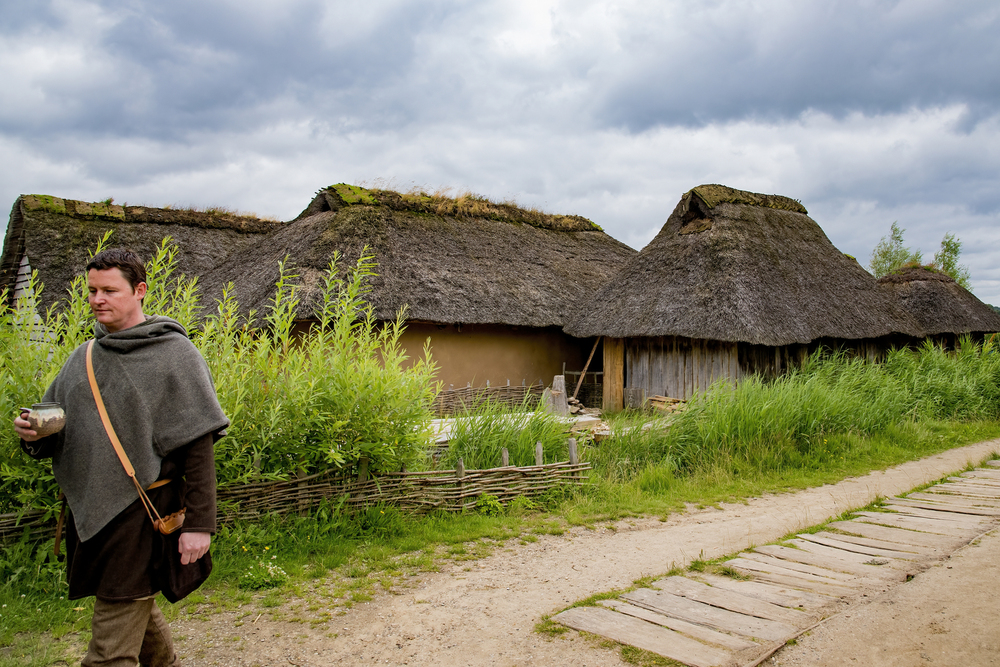
This major Viking trading center witnessed several battles for control of northern trade routes. The archaeological park features reconstructed buildings and defensive walls you can walk through.
The museum displays numerous weapons and artifacts from various conflicts. Guided tours explain how the settlement’s strategic location made it a frequent target.
Portmahomack, Scotland
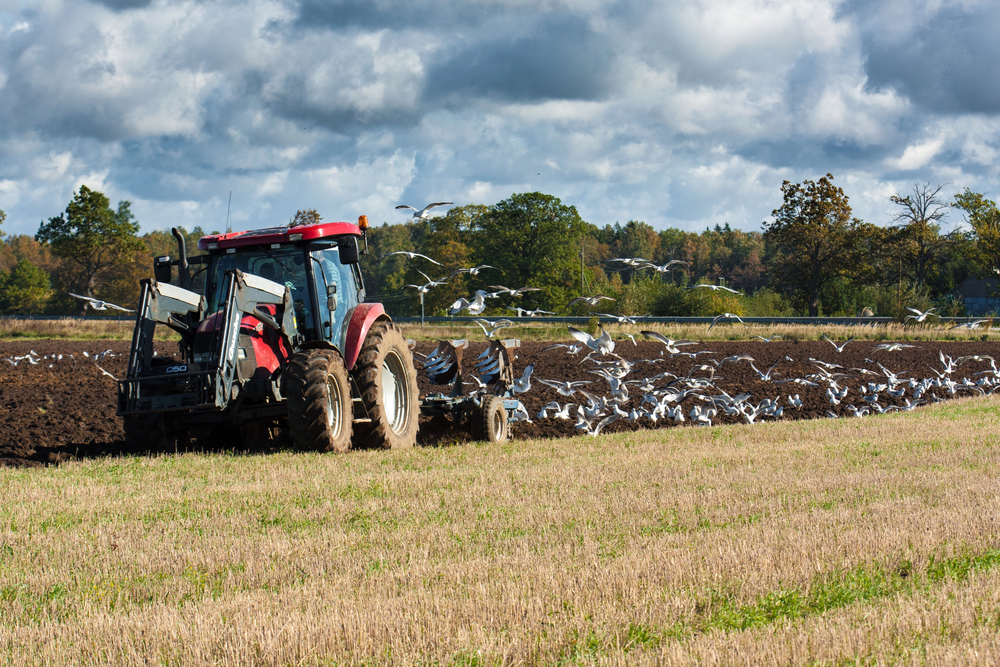
This Pictish monastery site on the Tarbat Peninsula shows clear evidence of Viking raids and battles. Walking trails pass burned buildings and defensive features dating to Viking attacks.
The visitor center explains how archaeological evidence reveals details of the conflicts. Local guides can describe how recent discoveries have improved understanding of Viking-Pictish warfare.
Reading Battlefield, England
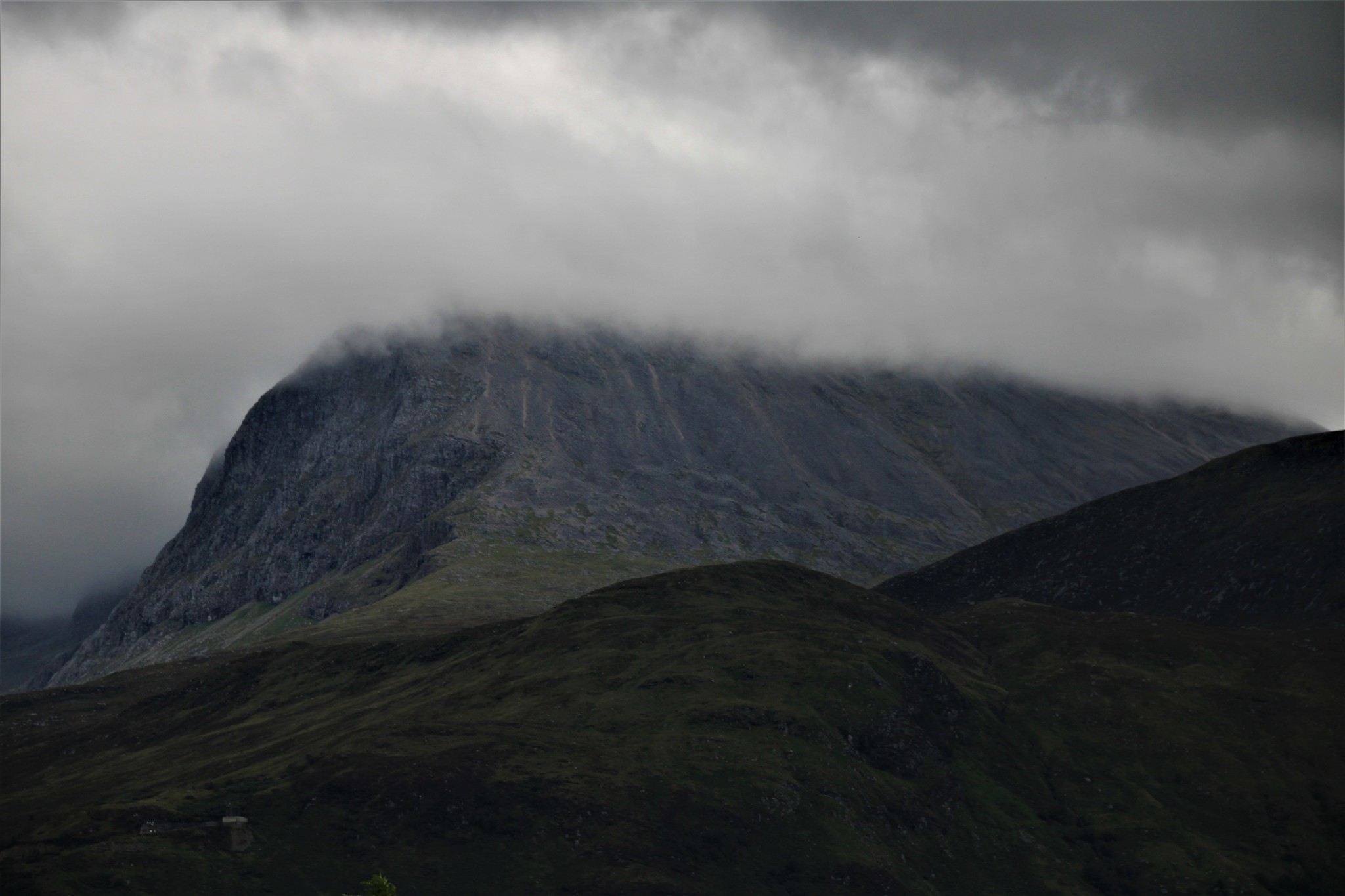
This 871 AD site saw Alfred the Great’s first major battle against Viking forces. Walking paths along the River Kennet pass through the likely battlefield area.
Recent archaeological work has helped confirm the battle’s location through weapon finds. Local history groups offer guided tours explaining how the Viking army used the river for strategic advantage.
Like Travel Pug’s content? Follow us on MSN.
Walking Through Time
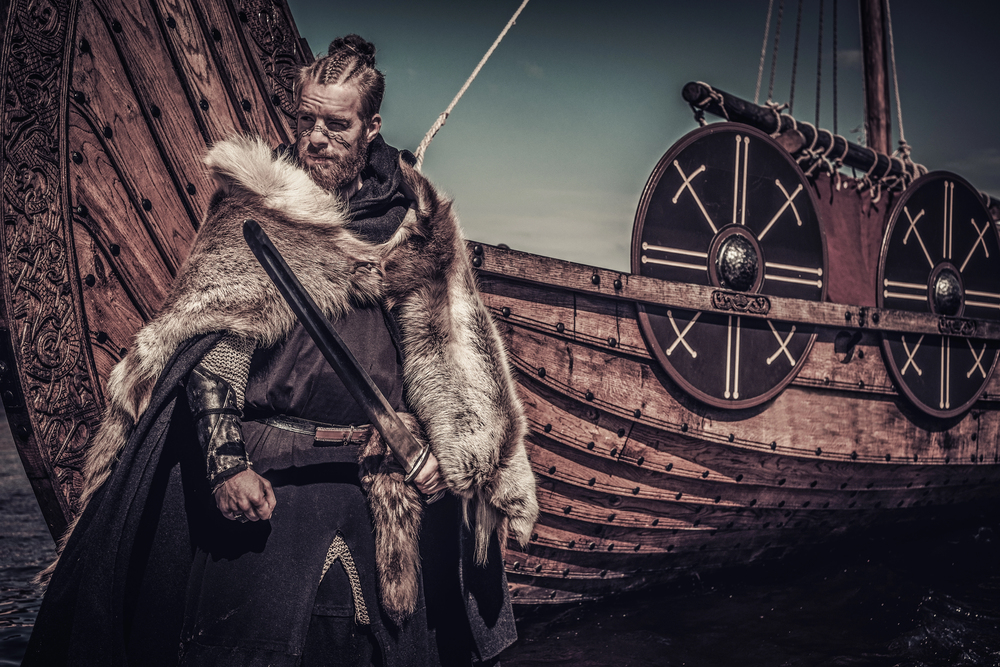
These ancient battlegrounds offer more than just historical interest – they provide tangible connections to pivotal moments that shaped medieval Europe. While walking these sites today, you can gain unique insights into how terrain, weather, and strategy influenced these crucial conflicts. Many locations now offer excellent visitor facilities, knowledgeable guides, and interactive experiences that help bring the past to life.
Whether you’re following the Vikings’ footsteps across England, exploring Norwegian fjords where kings fought for supremacy, or standing on North American shores where cultures first clashed, these battlegrounds offer profound connections to our shared history. Remember to check local visitor information before traveling, as access to some sites may be restricted during certain seasons or require booking for guided tours.
More from Travel Pug

- 15 Dangerous European Cities to Avoid
- 15 Caribbean Islands Where Tourists Keep Getting Scammed
- The 20 Most Fascinating Abandoned Places: A Journey Through Time and Forgotten Spaces
- 15 Hidden Places in the Smithsonian Museums Locals Love: A Guide to Lesser-Known Treasures
- 16 Hidden Florida Beach Towns That Aren’t Overrun with Tourists
Like Travel Pug’s content? Follow us on MSN.
